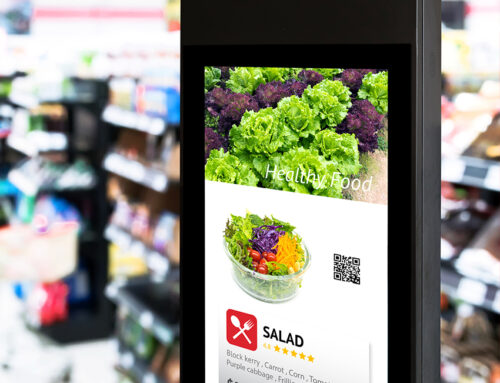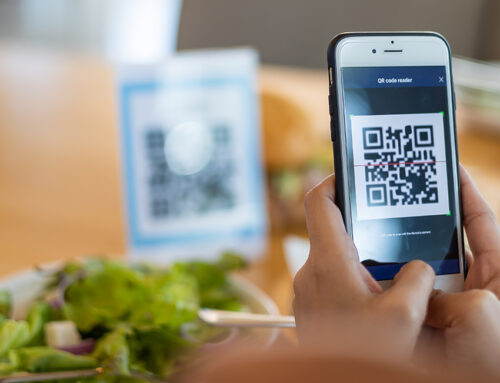Last Click Attribution
Marketing practices have changed so much since the dawn of the Internet, and marketing attribution is just one process of digital marketing that has evolved significantly in the last few years.
Back in the day, mix models were used in lieu of marketing attribution. And when digital marketing was created, online advertisers had to figure out a new way to define their marketing campaign’s success– not just through attribution, but with last click attribution.
What is Last Click Attribution?
Last Click Attribution is a method used to measure which individual ads (be they email ads, native ads, banner or display ads, video ads, etc.) were engaged or clicked with before a customer made their first purchase. When using Last Click Attribution, some native ad specs must be considered. This form of marketing attribution has been around since digital marketing began, and it’s still used (albeit not as often) today.
To put it simply, Last Click Attribution determines which ad pushed the lead over the edge into converting. But is it actually that valuable?
The Problem with the Last Click Attribution Model
Over time, advertisers and marketing specialists began to invest a lot of thought into the last click attribution model. In its wake, multi-touch attribution methods began to gain popularity. These attribution methods look at all contact points in the customer journey as useful, not just the “end game” ad.
This may have been a good move, as Last Click Attribution has some serious issues in terms of accuracy. Some businesses still utilize it today– which could be a serious mistake.
Why using Last Click Attribution is more helpful than using no attribution model at all, it’s an overly-simplistic model. All of the credit for how the customer made their first purchase realistically can’t be given only to the last ad that converted them. This implies that customers decided to act on the ad with no prior interaction with the brand or thoughts about the brand. In reality, customers may touch multiple points before they decide to take the plunge and make a purchase.
For example, let’s say a consumer heard via word-of-mouth (touch point #1) about an online food store that sells very niche types of chocolate from around the world, which is a major hobby of theirs. They decide to use a search engine to look up the company (touch point #2) and click on the first landing page result for the brand’s website (touch point #3.) Upon looking at the products shown, the consumer is interested but not interested enough to make a purchase right away. They go about their day and forget about the brand– until a retargeting ad on social media catches their attention. This ad in particular boasted a coupon code, so the consumer clicked on it (touch point #4) and decided to make their first purchase.
Would it make any sense for that retargeting ad to get all the credit? Absolutely not! All of the initial touchpoints led the consumers from not knowing about the brand to making a purchase. This is why multi-channel attribution is so valuable!
Gourmet Ads tracks both Last Click Attribution and View Through Attribution in our Reporting Dashboard.











